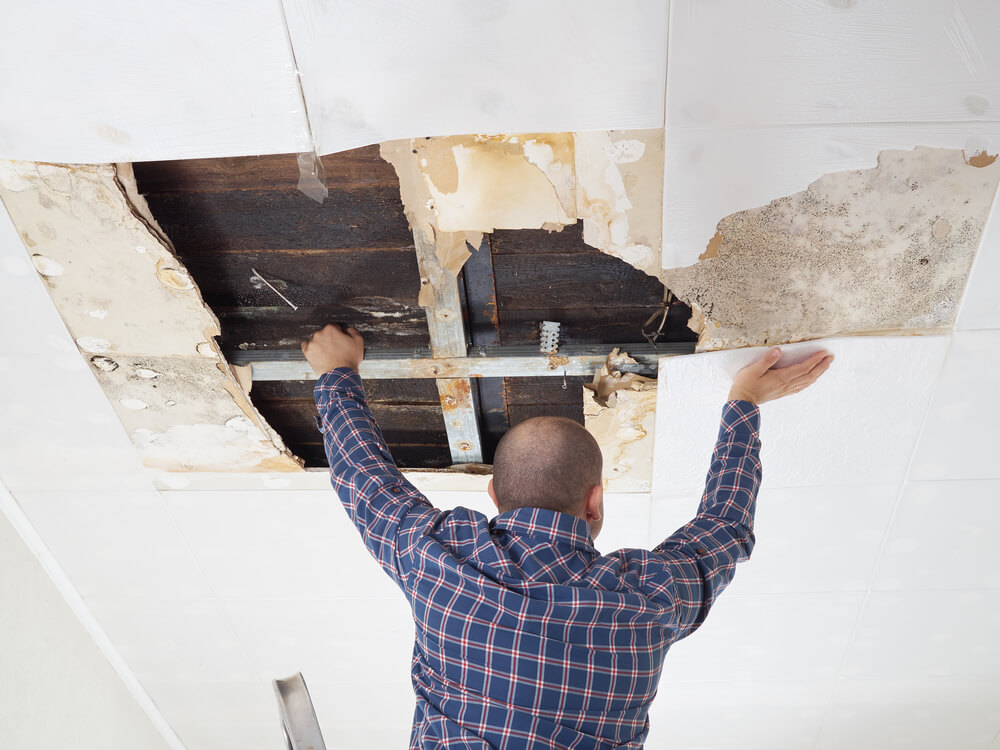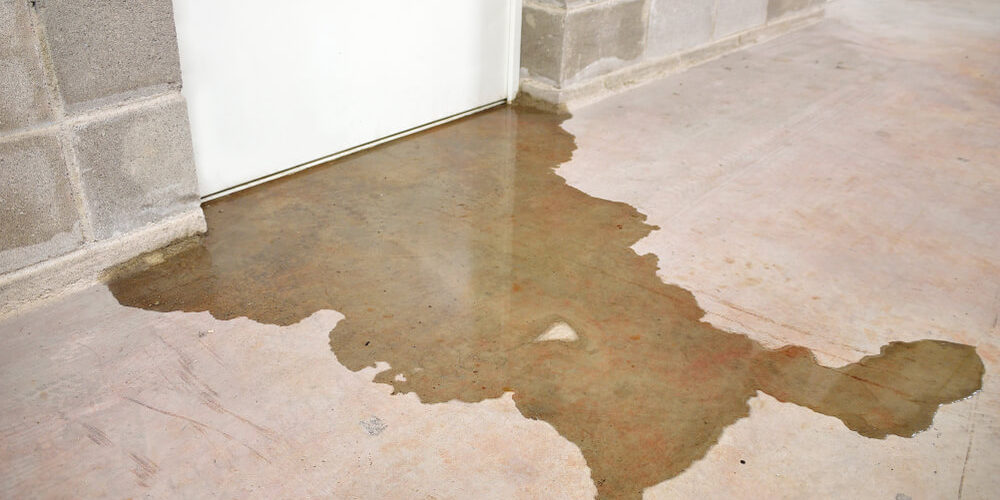Having mold or sewage backup problems can be a homeowner’s worst nightmare. Mold or sewage back up problems can cause significant damage and disrupt your home life. So, does your insurance policy help if you end up with mold or sewage backup problems? The answer is that it depends on several factors. Here we will look at how your insurance may or may not help when it comes to mold or sewage backup problems and what are the best types of policies to have to protect you from damages.

How do mold or sewage backup problems start?
Mold or sewage backup problems are significant, but not uncommon. Mold grows quickly and easily anywhere there is moisture. Sewage backup can occur from a variety of issues. Also, a sewage backup can quickly cause mold problems if the moisture isn’t addressed quickly and thoroughly.
Some of the most common reasons for mold or sewage backup problems are as follows:
Tree and shrub roots:
Shrub and tree roots will grow where there is moisture, and this can be straight to your sewer line. The roots can cause cracks in the pipes, and eventually grow into the pipes and cause blockages. The roots can also enter the sewer lines at the joints.
City main backups:
There are times the city main system can get blocked and cause mold or sewage backup problems in your home.
Other blockages:
Improper disposal of certain materials can obstruct the sewer line. Be careful to not dispose of grease, paper towels, feminine products or disposable diapers in the toilet. These items will quickly cause mold or sewage backup problems.
Mold or sewage backup problems can go hand in hand
Mold or sewage backup problems can sometimes develop together. If your sewage backup problem is severe, it can lead to mold growth. Take these steps quickly if you have mold or sewage backup problems:
- Remove the spill quickly with a wet vacuum
- Clean floors and baseboards with soap and a disinfecting agent
- Remove and steam clean window dressings if they were damaged
- Also remove and steam clean rugs, carpeting o other textiles
- Repair any damaged wall or baseboards
When taking efforts to mitigate your mold or sewage backup problems, be in contact with your insurance company. Some companies will want you not to remove any baseboards or wallboards until they can inspect the damage. They may also recommend a professional company to come help with the emergency cleanup. It is always a good idea to take pictures of the accident.
What home insurance policies cover mold or sewage backup problems?
Many homeowners are surprised to learn that most homeowner policies do not cover mold or sewage backup problems right out of the box. So that means if your sewer lines back up into your home flooding your master bathroom and bedroom, you may be dealing with a significant out of pocket cost for repair and no help from your insurance company. Similarly, if you develop a mold problem after a long term leak caused by a maintenance issue, your out of pocket losses may be even higher.
Still, there is some good news when it comes to mold or sewage backup problems. Some companies will allow you to purchase an endorsement to add the coverage back on to your policy. These endorsements are sometimes referred to as “riders.”
Mold and sewage backup problems and endorsements
Mold and sewage back up problems can be better insured against with the correct insurance policy. As said, typical home insurance policies don’t include this coverage. However, some companies allow homeowners to purchase coverage for mold or sewage backup problems by securing an optional endorsement.
The sewer back up endorsement may be affordable for many – comping in around an additional $50 per year. However, a mold endorsement can be out of reach for many – especially if you reside in a mold-prone area of the country such as Florida or the Southeast.
Mold and sewage backup problems and the details of mold coverage
While sewage backup problems may be excluded entirely unless you purchase the additional endorsements, mold coverage can vary from policy to policy, and the coverage can be complicated. Mold remediation coverage can be included in your policy if the mold is a result of a covered loss.
For example, let’s say you had a pipe burst and it flooded your kitchen. The ensuing water damage caused mold to grow in your cabinets. In this case, your policy may offer coverage since the mold is from a covered cause of loss.
But remember mold or sewage backup problems can be a bit complicated. So now let’s say, you’ve had a small leak under your kitchen sink for about six months. You just haven’t gotten around to repairing it. Now you have mold growing in the cabinets under your sink. In this case, your policy will not help fix the mold damage because the leak stems from an ongoing maintenance issue.
Mold or sewage backup problems and the sublimit
If mold or sewage backup problems are a concern for you, chose your insurance company carefully. Some large national home insurance companies don’t offer mold coverage under any circumstances – even mold that results from a covered loss. Other home insurance companies will provide coverage for mold or sewage backup problems with very small sublimit such as $5,000.
In addition, optional endorsements for mold coverage may be unaffordable from most homeowners. For example, in Florida where humidity is high, and there is often a lot of rain, a mold endorsement can be very expensive.
What to do if you have mold or sewage backup problems
If you are dealing with mold or sewage backup problems, contact us. Bulldog Adjusters is a public insurance adjuster that works for you. We can help you decipher your insurance policy and determine what coverage is available for mold or sewage backup problems.







